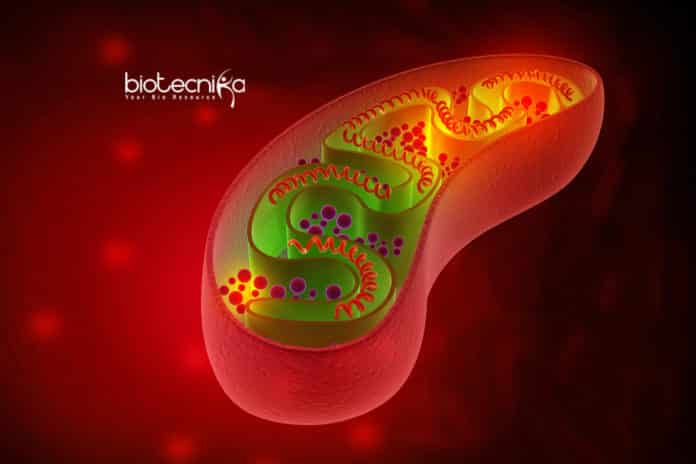ATP Production For Synthetic Cells
Researchers at the University of Groningen has constructed synthetic vesicles in which ATP, is produced. ATP is the primary energy carrier in living cells. The vesicles use the ATP to maintain their volume and their ionic strength homeostasis.
Bert Poolman, Professor of Biochemistry at the University of Groningen, says that the ultimate aim of the researchers was the construction of a synthetic cell that can sustain itself and that can grow as well as divide.
Professor Poolman received a grant known as the Gravitation Grant in 2017 from the Netherlands Organisation for Scientific Research to realize this ambition.
The study was published in the Journal Nature Communications.
ATP Production For Synthetic Cells- The Challenge
lAll living cells produce ATP as an energy carrier but achieving sustainable production of ATP in-vitro was a challenging task explains Professor Poolman. The reactions carried out by the team reached equilibrium within a few hours that resulted in the decline of ATP Production. Poolman explains that the scientists wanted to eliminate equilibrium, just like in living systems.
It took three Ph.D. students in Poolman’s group and nearly four years to construct such a system that did not attain equilibrium.
Here’s How They Overcame The Challenge:-
A lipid vesicle was fitted out with a transport protein that could import the substrate called arginine and export the product ornithine. Enzymes were present inside the vesicles that broke down the arginine into ornithine. The free energy that this reaction produced was used to link phosphate to ADP, forming ATP. This resulted in ATP Production For Synthetic Cells. Ammonium and carbon dioxide were produced as waste by-products that eventually diffused through the membrane.
To create an out-of-equilibrium system, the ATP is used to maintain ionic strength inside the vesicle. A biological sensor measures ionic strength. If this becomes too high, it activates a transport protein that imports a substance called glycine betaine. This increases the cell volume as well as reduces the ionic strength.
The system ran for 16 hours in the most extended experiment that the scientists have performed. Professor Poolman says that eventually, different modules will be combined in the future to create a synthetic cell. This will function autonomously by synthesizing its proteins from a synthetic genome.
ATP Production For Synthetic Cells- The Next Step Forward
The latest system is based on biochemical components. However, a team of researchers at Wageningen University & Research are collecting the genes needed for the production of enzymes used by the system. They are incorporating them into an artificial chromosome.
Some Scientists are also working on lipid and protein synthesis as well as cell division.
The ideal synthetic cell should contain DNA for all these modules and operate them autonomously like a conventional living cell. However, this system maybe a few years away to become a reality.
Poolman and his team are currently studying the ATP Dependent process using the new system – ATP Production For Synthetic Cells– created by them. They hope to advance the field of membrane transport.






























